THE MCKELL BOOK OF HOURS, BY THE MASTER OF ADÉLAÏDE OF SAVOY. [ Horae beatae mariae virginis ad usum romanae ecclesiae.] Illuminated Latin manuscript on vellum. [France (Angers or Poitiers): circa 1450-60]. 172 leaves, gatherings originally mostly of 8 leaves (i6, ii6, vi6, vii6, viii6, x4, xxv4) with a few catchwords, 14 lines per page, written in black ink in a gothic liturgical hand. Rubrics in red, Calendar in red, blue and burnished gold, versal initials and line-fillers throughout in burnished gold and red and blue grounds, 2- and 3-line initials throughout in leafy designs in colors on burnished gold grounds with floral devices and ivy leaf borders, THREE QUARTER ILLUMINATED BORDERS ON EVERY PAGE consisting of foliate branches of ivy and acanthus on graceful curved stems in grisaille and gold detail with rich blue underleafs, most designs traced recto/verso, ALMOST EVERY PAGE, INCLUDING CALENDAR, INCORPORATING DROLLERIES, averaging two or three motifs per page, subjects being chiefly hybrid human animals, soldiers, and fantastical creatures, ONE FULL PAGE MINIATURE of the Annunciation with three historiated panels, one incorporating a spinning Virgin Mary, and FIFTY TWO HALF PAGE MINIATURES in gently arched gilt compartments, approximately 40 x 65 mm, above three line initials on blue grounds highlighted in red and liquid gold. 8vo (135 x 90 mm). 18th century green vellum gilt, custom cloth slipcase. Apparently lacking single leaves after ff. 22, 29, 39, 55, 101, 135 and 158, 2 leaves after f. 72, f. 26 is a cancel leaf, inner margins mostly oversewn and central sewing not usually visible, occasional paint smudging and surface ink loss, otherwise very fine and crisp coloring throughout, front hinge starting, customs stamp to rear pastedown, otherwise no internal ownership markings, overall an exceptionally beautiful and profusely illustrated book of hours. PROVENANCE: 1. The preponderance of female saints and composition of the Calendar suggests that the book was composed for a woman, likely in Poitiers or Tours, circa 1450-60, although the Obsecro te prayer is composed in the masculine. 2. Customs stamp for Florence, Italy (“Dogana de Firenze”) dated March 30, 1911 to rear pastedown, otherwise no other inscriptions or extant indications of ownership. 3. By descent through the estate of Colonel David McCandless McKell (1881-1962). COMMENTARY This hitherto unrecorded manuscript is almost certainly a major unrecorded production belonging to that group of manuscripts attributed to the Master of Adélaïde of Savoy (or Eberhard Koenig’s Master of Poitiers ms. 30), one of the leading illuminators who flourished under the influence of Jean Fouquet and the Master of Jouvenel des Ursins. Comparative analysis of this group’s chief motifs demonstrates that the miniatures and borders in this manuscript bear striking similarity with the chief works attributed to this artist listed in Koenig’s 1982 census [p. 256]. The aesthetic commonalities between this manuscript and other works attributed to this artist are striking, most notably with Rothschild ms. 2534. For example, the miniature of Christ Nailed to the Cross here (f. 158v) with that of Rothschild ms. 2543 (f. 130v; cf. Koenig 1982, pl. 328) as well as the large Crucifixion of the Poitiers ms. 30 (f. 167v; cf. Avril & Reynaud, pl. 64) reveals that the pointillist treatment of the ribcage and the diaphonous quality of the loincloth are remarkably similar in all three compositions, despite the different sizes and frames of reference, and is a distinguishing feature of this artist. Indeed, the artist has a extraordinary capacity to render lace or embroidered cloth; for example, Merlin’s robes in a miniature from the Roman du Graal [BnF 96, f.47; cf. Avril & Reynaud pl. 63] bears an intricate gilt fleur-de-lys design which is virtually cut from the same fabric as the curtains in several miniatures here, including the Trinity (ff. 28, 35, 42, 54). Another striking kinship can be foun
THE MCKELL BOOK OF HOURS, BY THE MASTER OF ADÉLAÏDE OF SAVOY. [ Horae beatae mariae virginis ad usum romanae ecclesiae.] Illuminated Latin manuscript on vellum. [France (Angers or Poitiers): circa 1450-60]. 172 leaves, gatherings originally mostly of 8 leaves (i6, ii6, vi6, vii6, viii6, x4, xxv4) with a few catchwords, 14 lines per page, written in black ink in a gothic liturgical hand. Rubrics in red, Calendar in red, blue and burnished gold, versal initials and line-fillers throughout in burnished gold and red and blue grounds, 2- and 3-line initials throughout in leafy designs in colors on burnished gold grounds with floral devices and ivy leaf borders, THREE QUARTER ILLUMINATED BORDERS ON EVERY PAGE consisting of foliate branches of ivy and acanthus on graceful curved stems in grisaille and gold detail with rich blue underleafs, most designs traced recto/verso, ALMOST EVERY PAGE, INCLUDING CALENDAR, INCORPORATING DROLLERIES, averaging two or three motifs per page, subjects being chiefly hybrid human animals, soldiers, and fantastical creatures, ONE FULL PAGE MINIATURE of the Annunciation with three historiated panels, one incorporating a spinning Virgin Mary, and FIFTY TWO HALF PAGE MINIATURES in gently arched gilt compartments, approximately 40 x 65 mm, above three line initials on blue grounds highlighted in red and liquid gold. 8vo (135 x 90 mm). 18th century green vellum gilt, custom cloth slipcase. Apparently lacking single leaves after ff. 22, 29, 39, 55, 101, 135 and 158, 2 leaves after f. 72, f. 26 is a cancel leaf, inner margins mostly oversewn and central sewing not usually visible, occasional paint smudging and surface ink loss, otherwise very fine and crisp coloring throughout, front hinge starting, customs stamp to rear pastedown, otherwise no internal ownership markings, overall an exceptionally beautiful and profusely illustrated book of hours. PROVENANCE: 1. The preponderance of female saints and composition of the Calendar suggests that the book was composed for a woman, likely in Poitiers or Tours, circa 1450-60, although the Obsecro te prayer is composed in the masculine. 2. Customs stamp for Florence, Italy (“Dogana de Firenze”) dated March 30, 1911 to rear pastedown, otherwise no other inscriptions or extant indications of ownership. 3. By descent through the estate of Colonel David McCandless McKell (1881-1962). COMMENTARY This hitherto unrecorded manuscript is almost certainly a major unrecorded production belonging to that group of manuscripts attributed to the Master of Adélaïde of Savoy (or Eberhard Koenig’s Master of Poitiers ms. 30), one of the leading illuminators who flourished under the influence of Jean Fouquet and the Master of Jouvenel des Ursins. Comparative analysis of this group’s chief motifs demonstrates that the miniatures and borders in this manuscript bear striking similarity with the chief works attributed to this artist listed in Koenig’s 1982 census [p. 256]. The aesthetic commonalities between this manuscript and other works attributed to this artist are striking, most notably with Rothschild ms. 2534. For example, the miniature of Christ Nailed to the Cross here (f. 158v) with that of Rothschild ms. 2543 (f. 130v; cf. Koenig 1982, pl. 328) as well as the large Crucifixion of the Poitiers ms. 30 (f. 167v; cf. Avril & Reynaud, pl. 64) reveals that the pointillist treatment of the ribcage and the diaphonous quality of the loincloth are remarkably similar in all three compositions, despite the different sizes and frames of reference, and is a distinguishing feature of this artist. Indeed, the artist has a extraordinary capacity to render lace or embroidered cloth; for example, Merlin’s robes in a miniature from the Roman du Graal [BnF 96, f.47; cf. Avril & Reynaud pl. 63] bears an intricate gilt fleur-de-lys design which is virtually cut from the same fabric as the curtains in several miniatures here, including the Trinity (ff. 28, 35, 42, 54). Another striking kinship can be foun
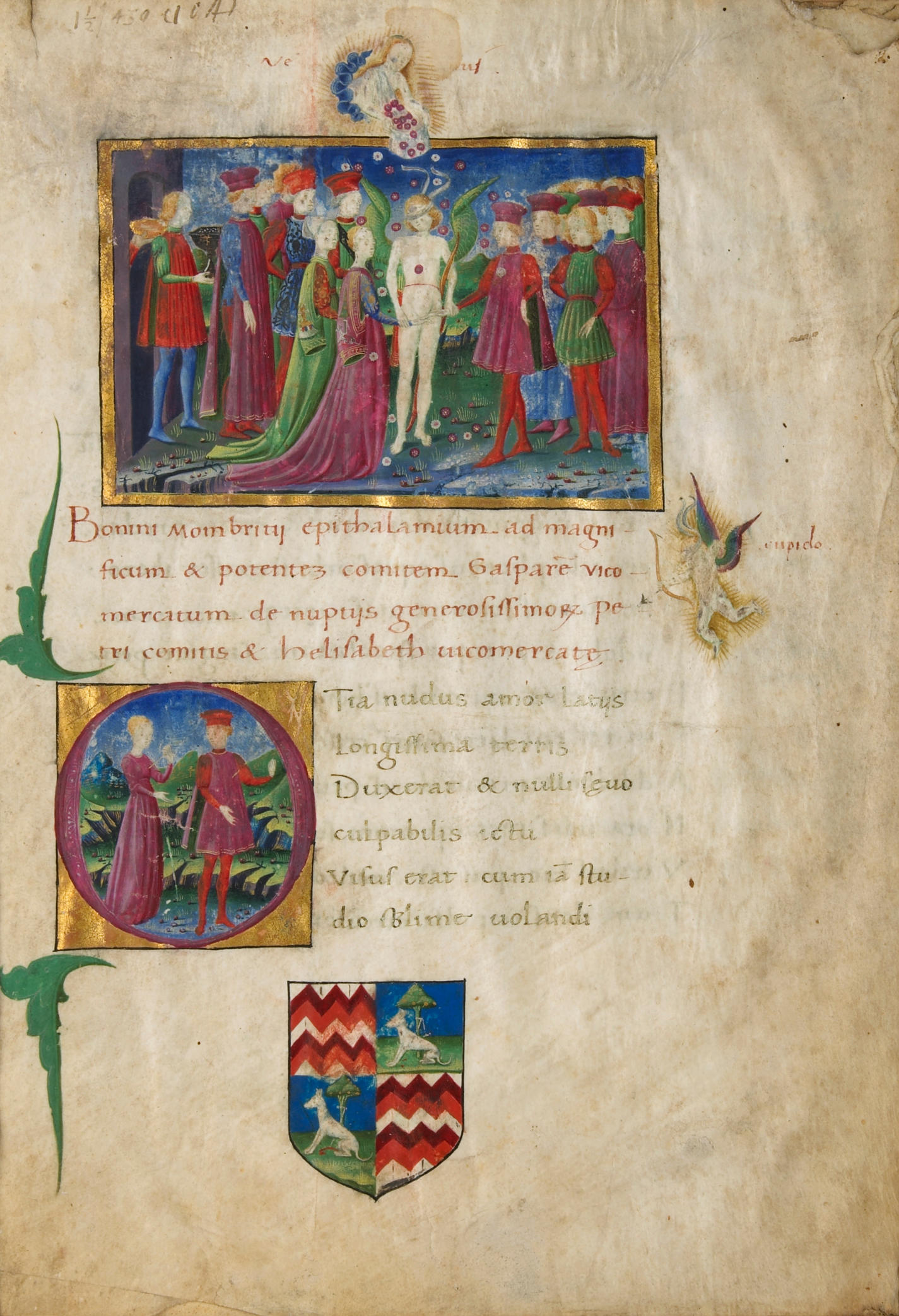

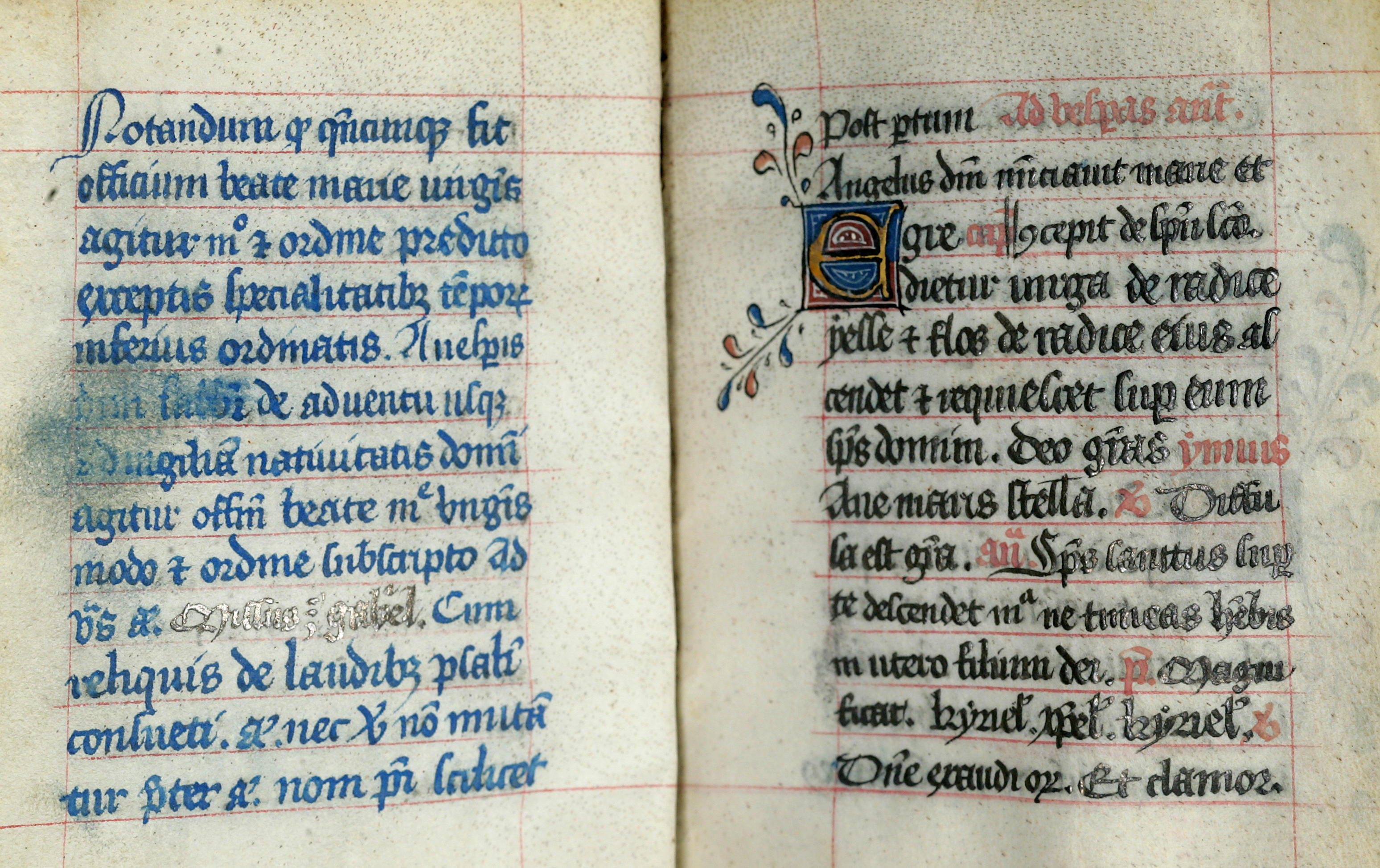
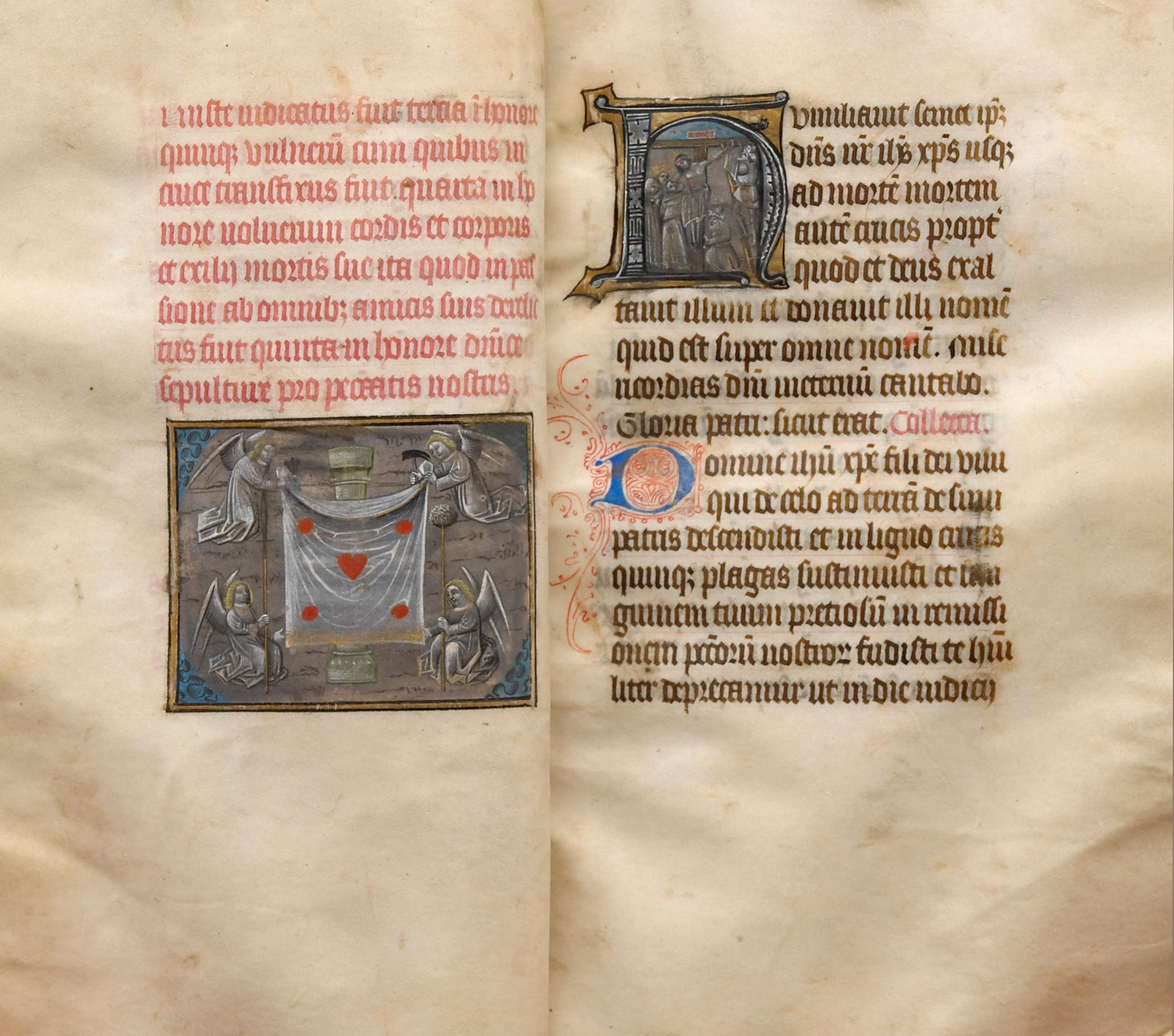
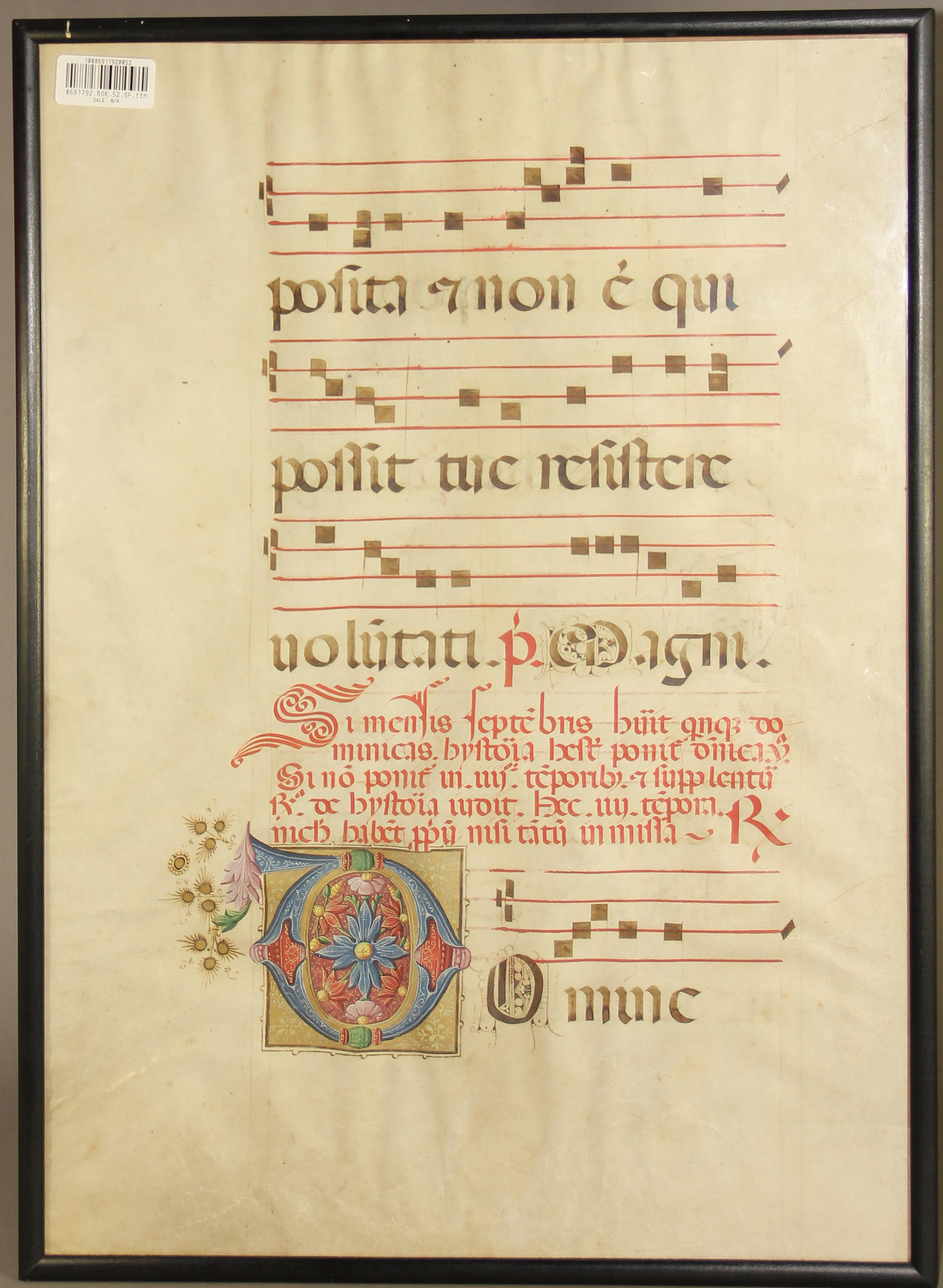
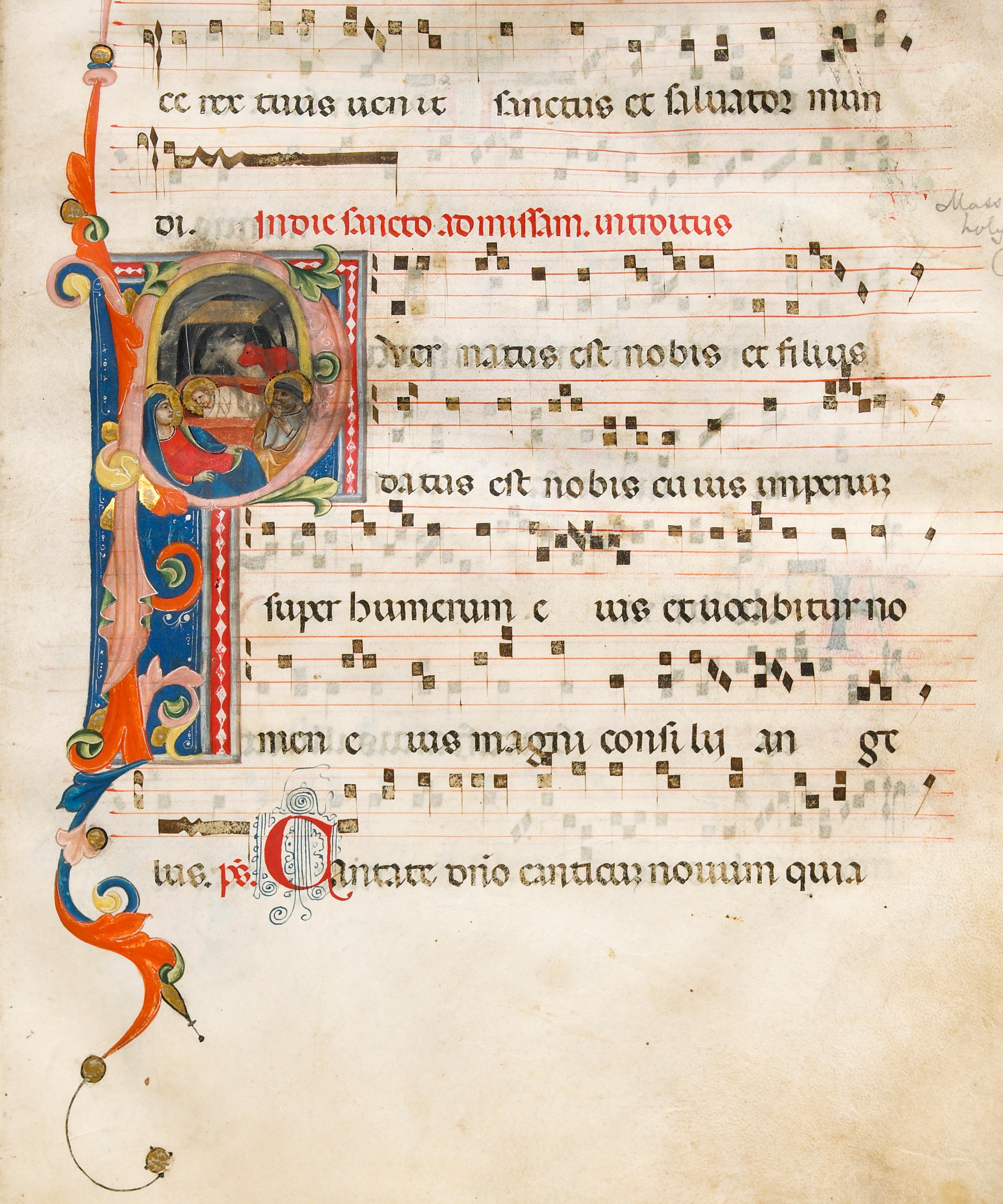
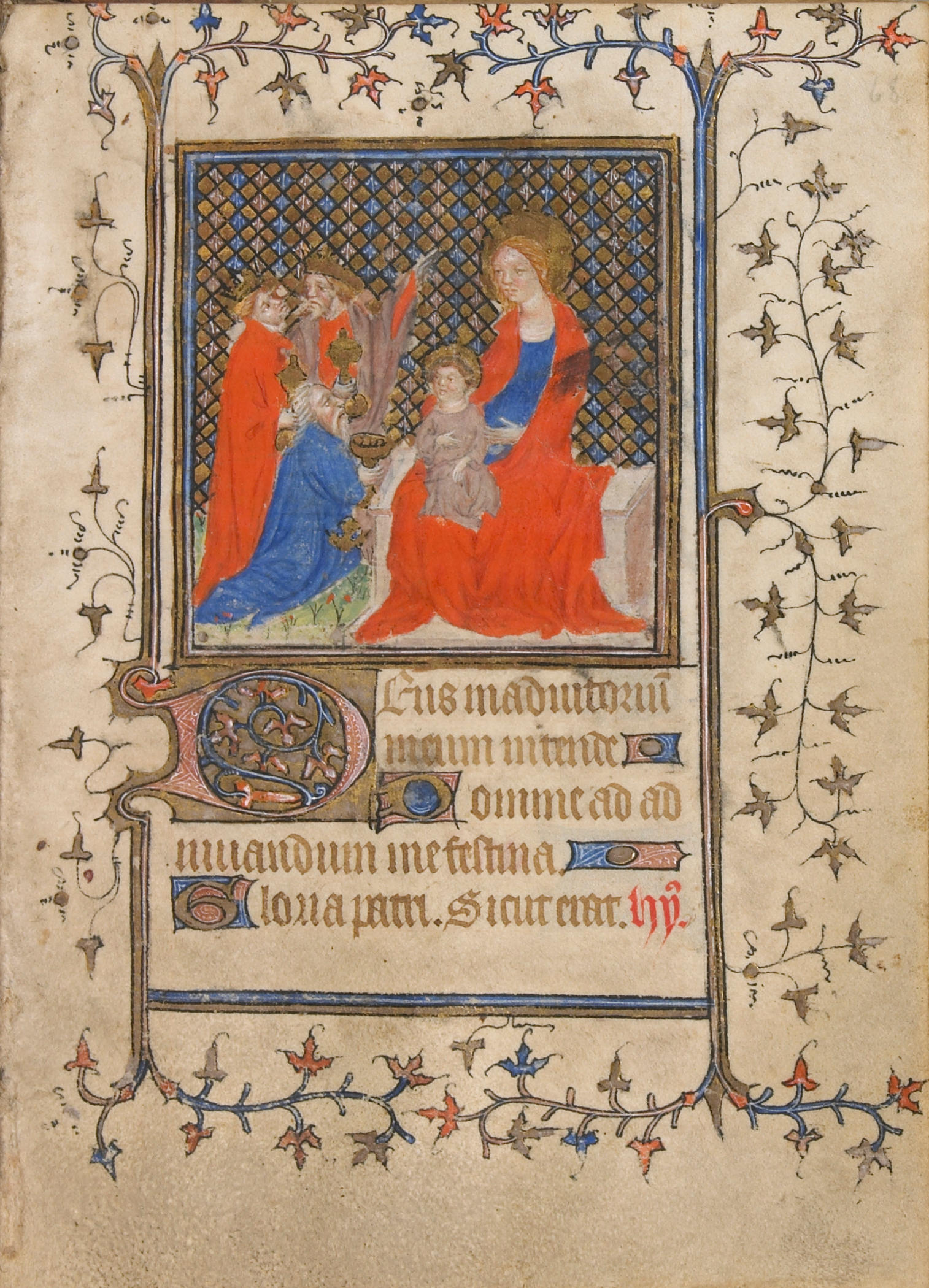
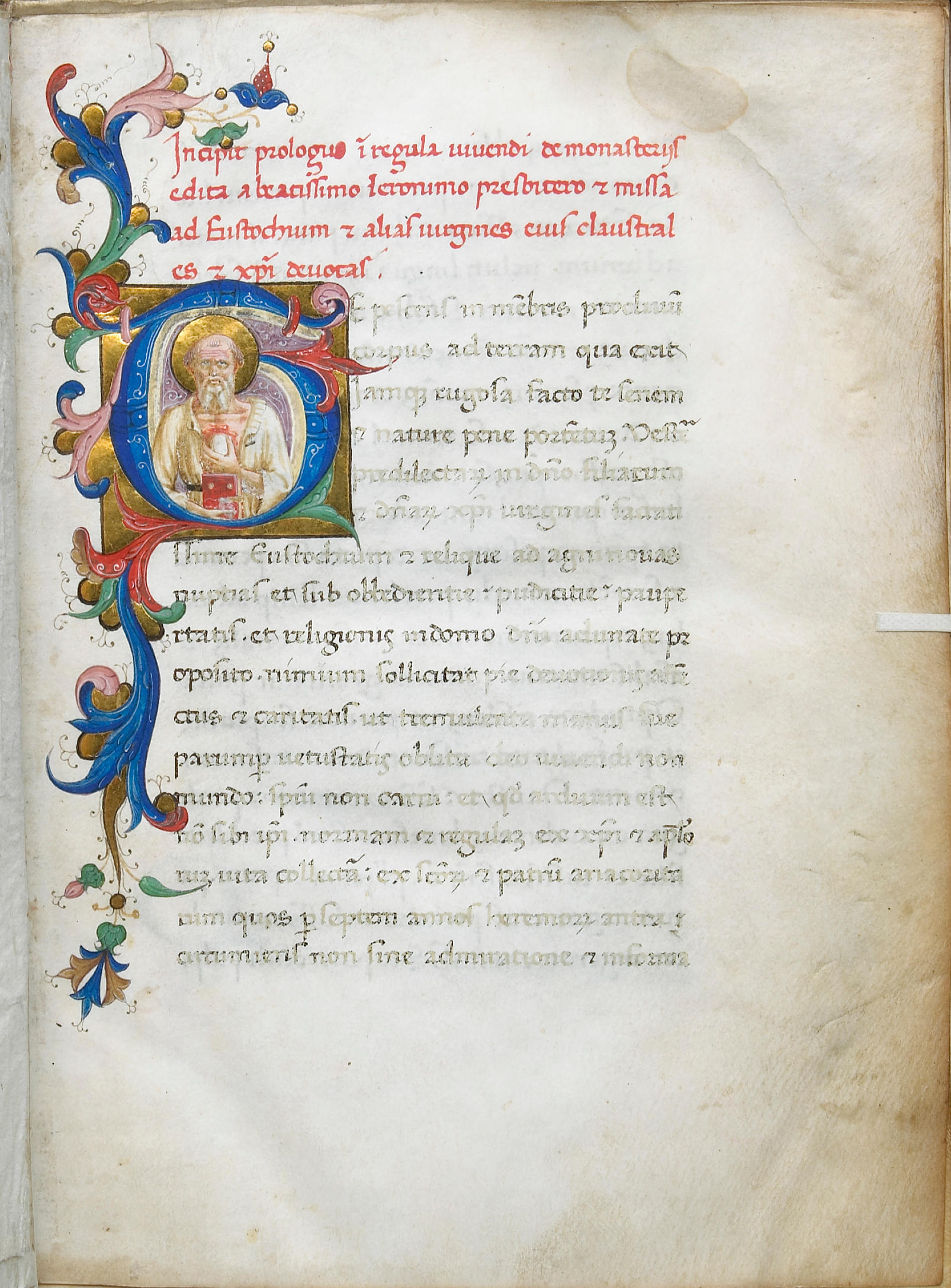
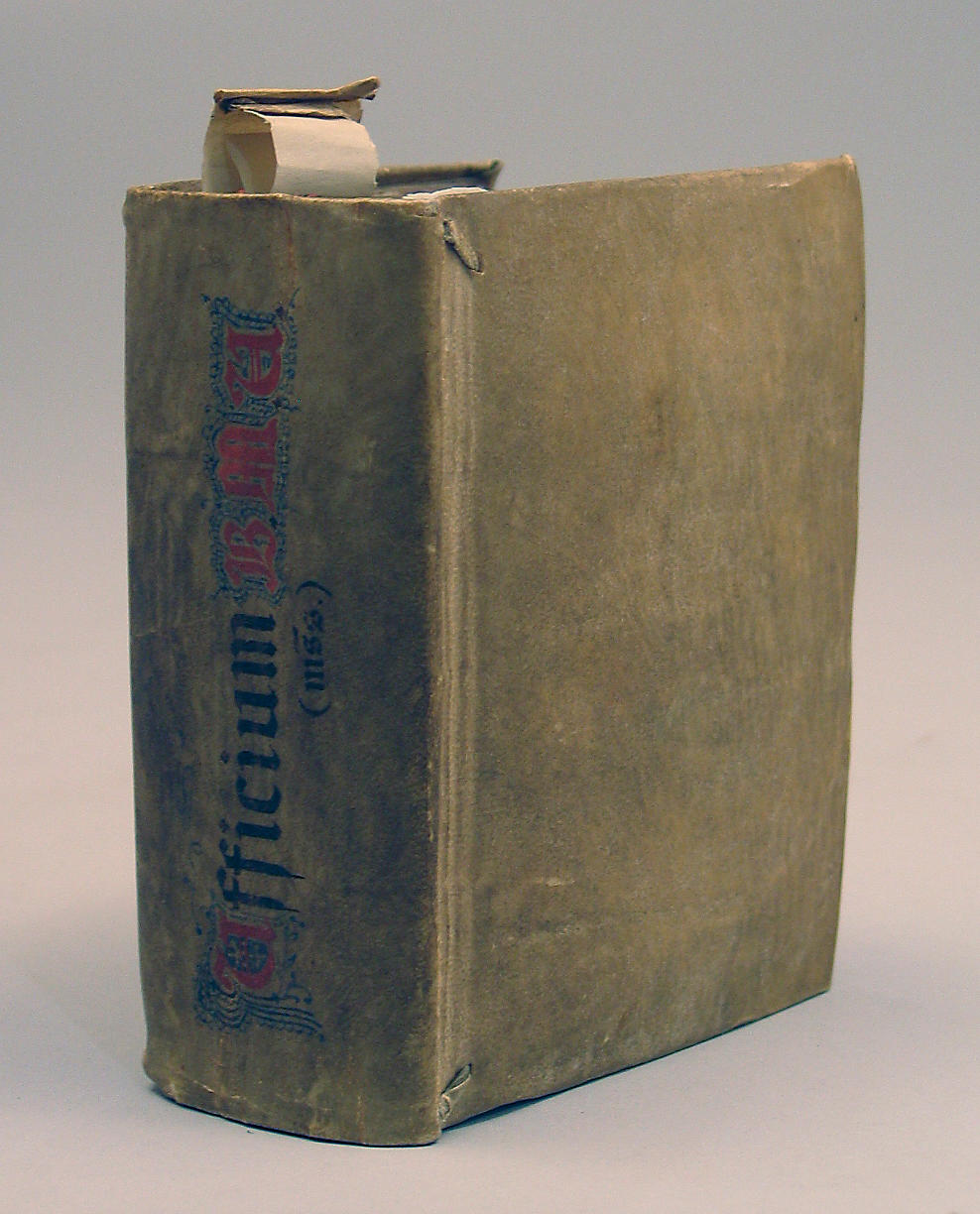
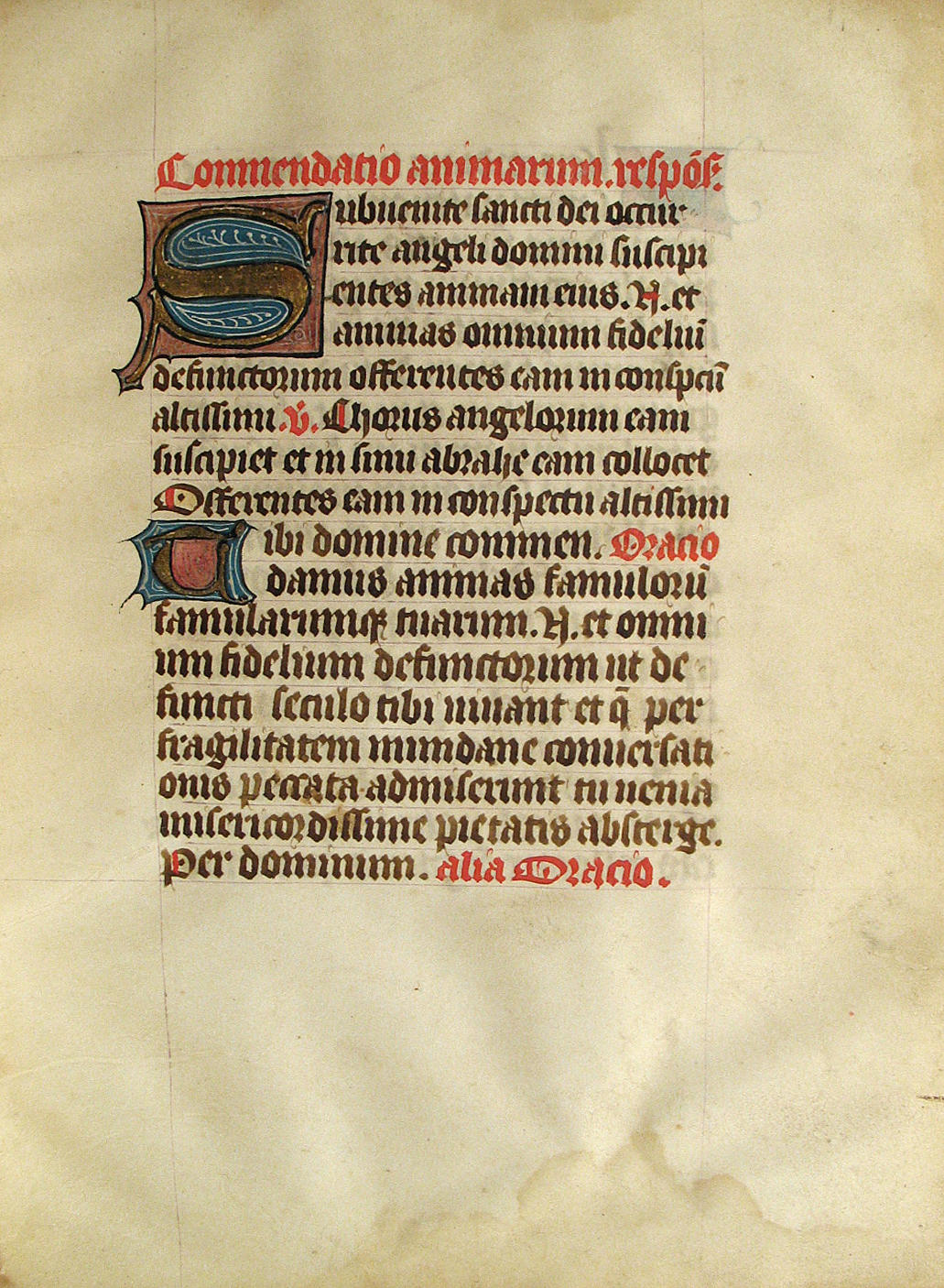

.jpg)


.jpg)
Try LotSearch and its premium features for 7 days - without any costs!
Be notified automatically about new items in upcoming auctions.
Create an alert